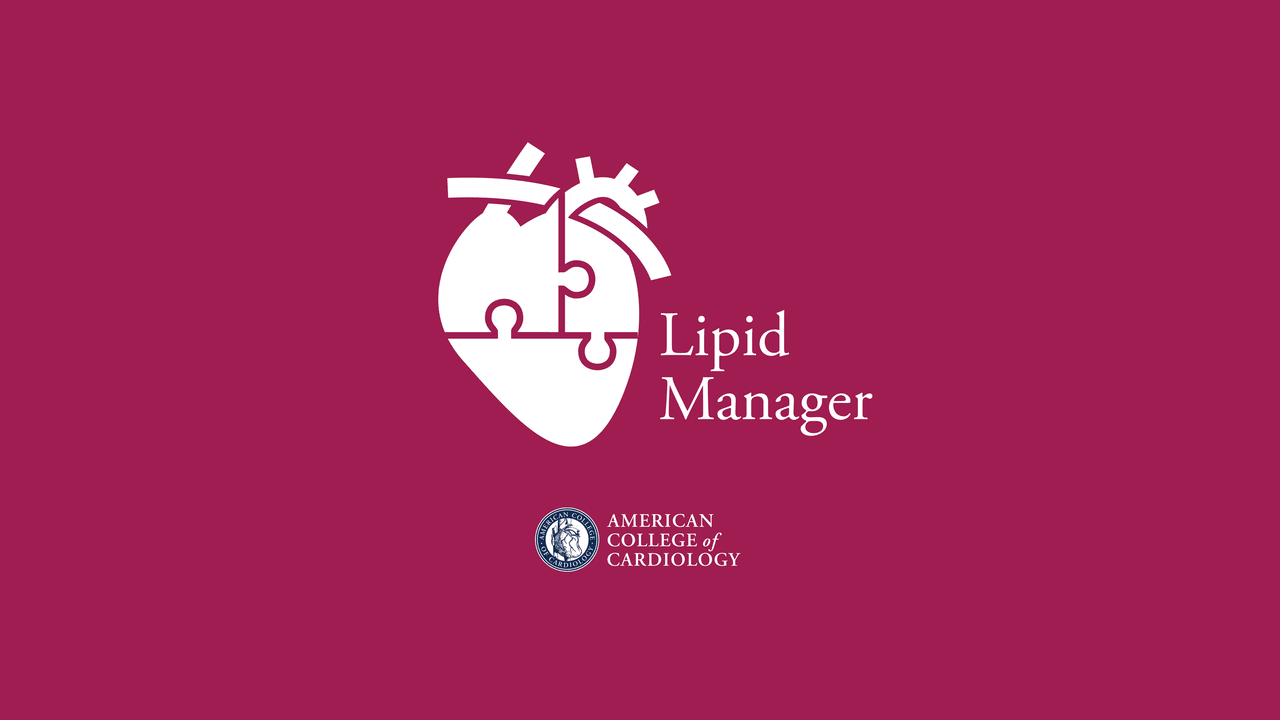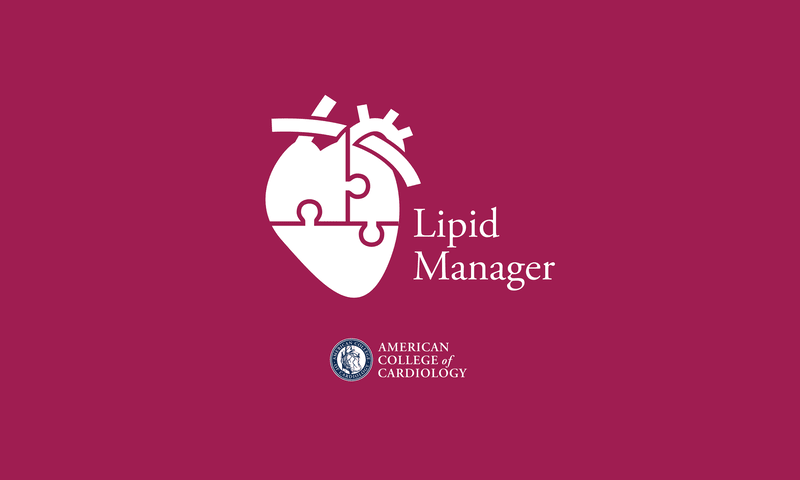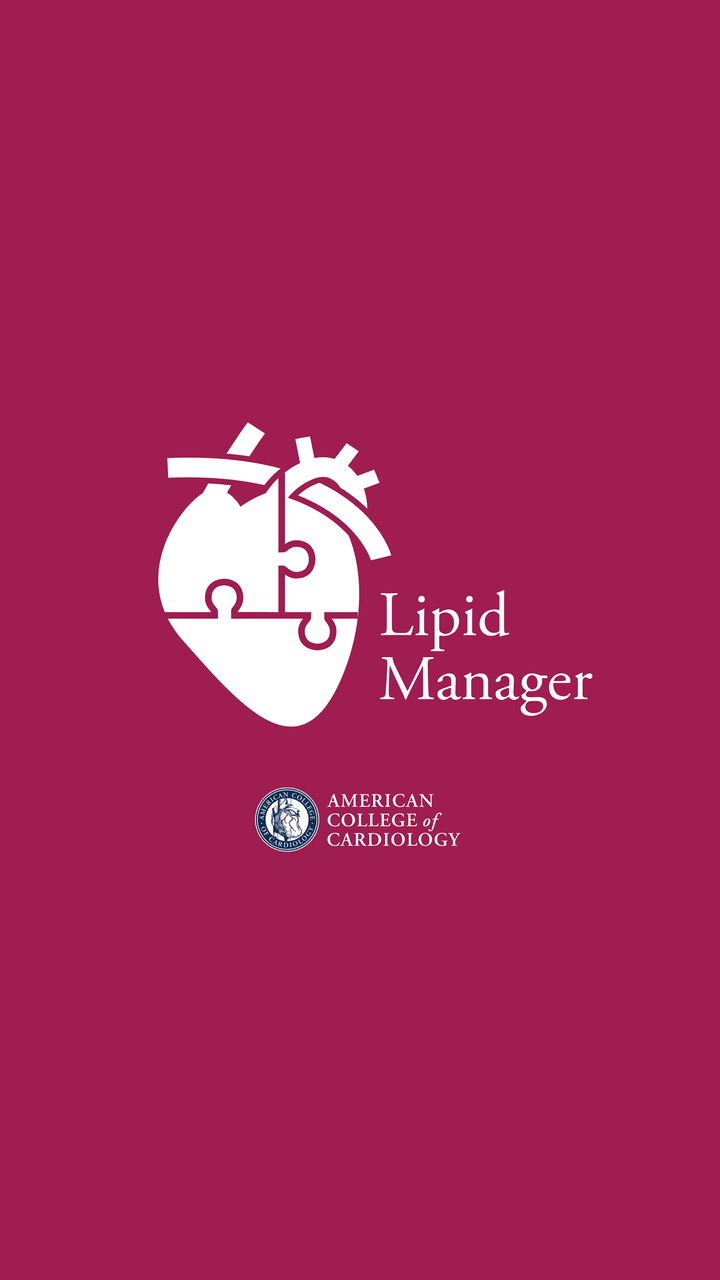







Click the Terms tab at the bottom of the app before using the LDL-C Lowering Therapy, Hypertriglyceridemia, Statin Intolerance, or ASCVD Risk Estimator tools in the Lipid Manager (“the Product”) to read the full Terms of Service and License Agreement (the “Agreement”) which governs the use of the Product. The Agreement includes, among other detailed terms and conditions, certain disclaimers of warranties by the American College of Cardiology Foundation (“ACCF”) and requires the user to agree to release ACCF from any and all liability arising in connection with your use of the Product. By using the Product, you accept and agree to be bound by all of the terms and conditions set forth in the Agreement, including such disclaimers and releases. If you do not accept the terms and conditions of the Agreement, you may not proceed to use the Product. The Agreement is subject to change from time to time, and your continued use of the Product constitutes your acceptance of and agreement to be bound by any revised terms of the Agreement.
For the Hypertriglyceridemia app:This app assumes that the patient is currently taking or has attempted to take guideline-directed LDL-C–lowering therapies including statin and nonstatin agents.
x*Fenofibrate is the preferred fibric acid derivative due to better safety profile and fewer drug interactions compared to gemifibrozil.
If the patient has persistent fasting hypertriglyceridemia of 500 – 999 mg/dL after the above steps…
*Fenofibrate is the preferred fibric acid derivative due to better safety profile and fewer drug interactions compared to gemifibrozil.
If the patient has persistent fasting hypertriglyceridemia of 150 – 499 mg/dL after the above steps…
If the patient has persistent fasting hypertriglyceridemia of 150 – 499 mg/dL after the above steps, continue LDL-C-risk-based approach.
If the patient has persistent fasting hypertriglyceridemia of 150 – 499 mg/dL after the above steps…
*Recommendations for a healthy dietary pattern emphasize: vegetables; fruits; legumes; whole grains; nuts; and fish/seafood (other healthy proteins such as low-fat dairy, low-fat poultry); liquid plant-based oils; and replacing saturated fatty acids with monounsaturated fatty acids and polyunsaturated fatty acids. Recommendations also emphasize limiting: red and processed meats; refined carbohydrates; adding sugars (sweets and sugar-sweetened beverages); sodium and dietary cholesterol; and avoiding trans fats.
This
version of the
application has been
locked because of
need to ugrade the
science.
Please go to the store upgrade this application.